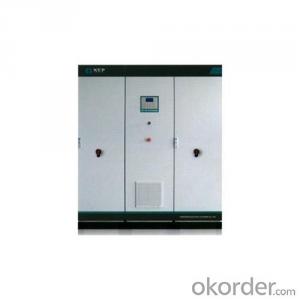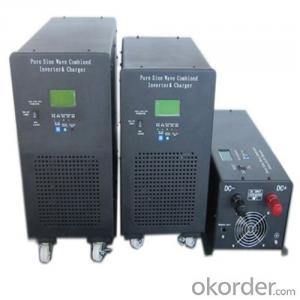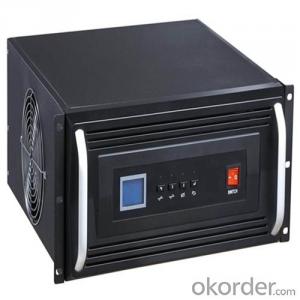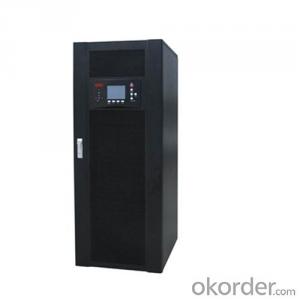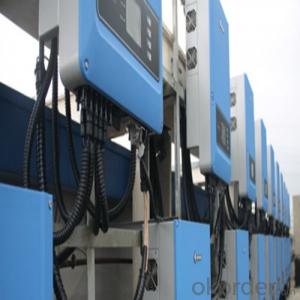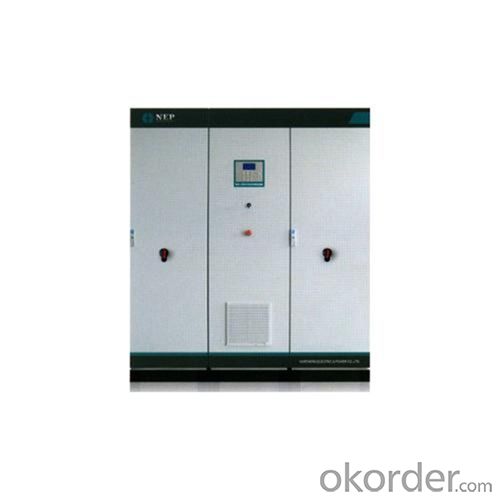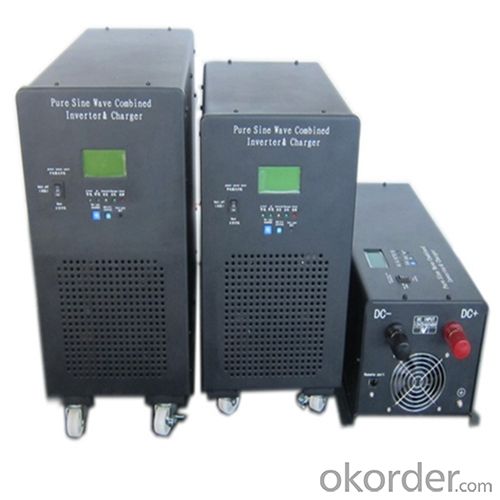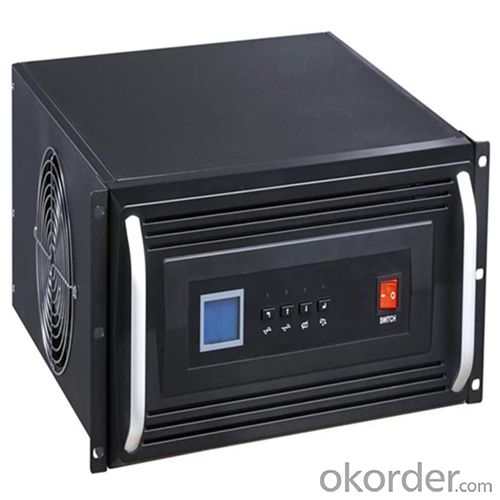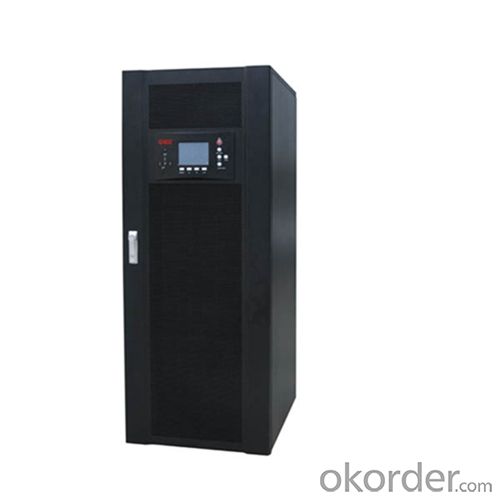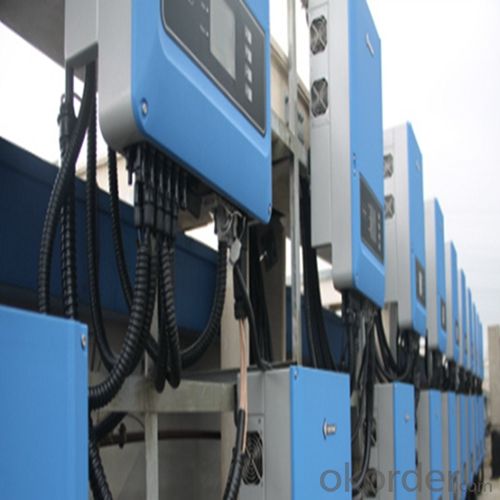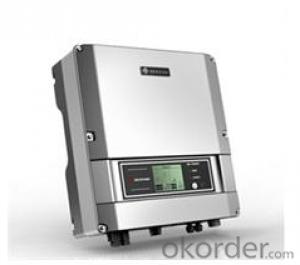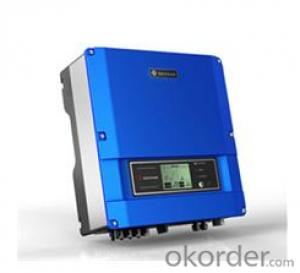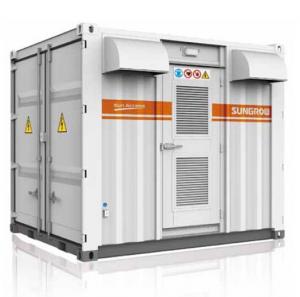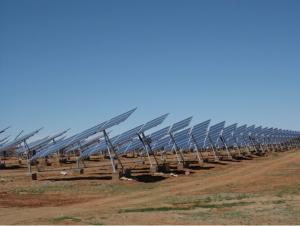Solar Inverter Topology Approved MPPT Solar Power Inverter 3000W
- Loading Port:
- Shanghai
- Payment Terms:
- TT OR LC
- Min Order Qty:
- 6 pc
- Supply Capability:
- 3000 pc/month
OKorder Service Pledge
OKorder Financial Service
You Might Also Like
Performance Characteristics
· 1. Suitable for all electrical equipments
· 2. Large LCD display for more detailed content
· 3. CPU controlled; fast transfer time
· 4. Intelligent battery management, prolonging the service life of the battery
· 5. Complete protection function, high reliability
· 6. Can provide high current charge
· 7. Can match different types of batteries
· 8. Disassembled LCD box which can make the operation in a distance of 15 meters
Product introduction
EP series is sine wave low frequency inverter, which is specifically designed for home appliances. It is equipped with a big LCD screen so all information is displayed in detail, which makes it more convenient to use. Charging current of the inverter is adjustable from 5A to 45A and you can also select different charging voltage to charge different types of batteries so batteries are under great protection.
Our Service
Samples
Samples are Available for Testing and Market Test.
Warranty
We provides warranty against defects in materials and workmanship for its Uninterruptible power supply, Power inverter/chargers including inverter12v 24v 48V, Solar charge controllers (“Product”).
OEM Service
OEM service is strictly based on the ISO9001 ISO14001 quality assurance system. The TOP involves the effective teamwork of departments from Sales, R&D, and Engineering, purchasing, production & QA, assuring a high quality product and prompt delivery for customers. The standardization of our quality system and the quality stability has earned us the trust of our customers for 12 years.
We have 10 sets of automatic insertion equipments, ICT PCB testing equipments, ATE automatic testing center and aging workshop for all products. Monthly output of UPS series exceeds 200,000. We have been offering OEM service for over 12 years.
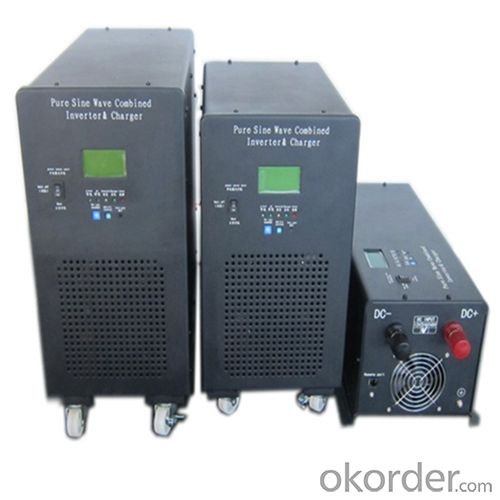
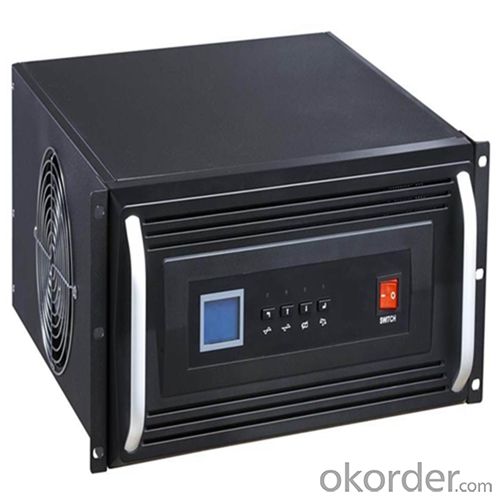
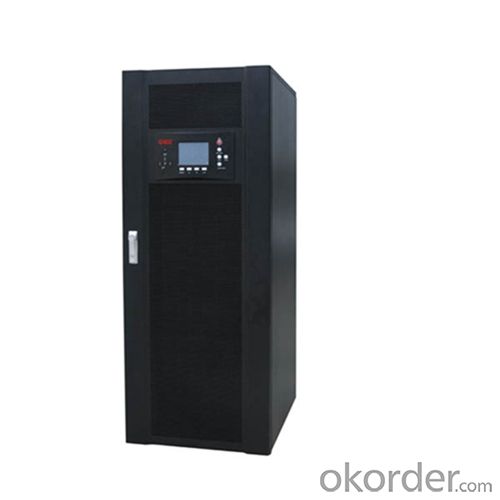
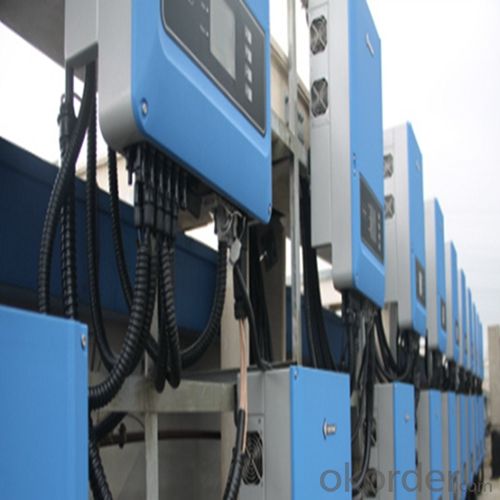
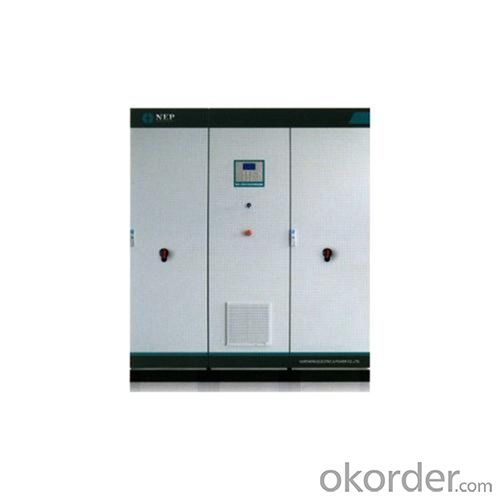
Specifications
Input | |
Input Voltage Range | 182-265VAC |
Output | |
Input Voltage Range | Batt.Mode:50±0.3Hz Mode:48-54Hz(50Hz) or 58-64Hz,Same as AC |
Output Wave Form | Sine Wave (Batt,mode) |
Transfer Time | 10ms(Typical) |
FAQ:
Q: Do you have the CE, TUV, UL Certification?
A: We’ve already passed all the tests, and any certificate is available.
Q: Have you ever sold your products to companies in my country?
A: Of course, we have customers in all general PV markets, but I think we should expand our market share along with the market growth.
Q: When did your company set up? You are a new company, how can I believe your quality?
A: We entered into Solar PV industry in 2005, now we have several plants in manufacturing of a-Si and c-Si panels, and our capacity is 220MW per year. Till now we have already passed all the tests by authorized laboratories, e.g. TUV, CE, UL.
Q: Can you help us install the module if we cooperate with you?
A: We haven’t entered into installation sector, but we have the plan in near future.
Q: How do you pack your products?
A: We have rich experience on how to pack the panels to make sure the safety on shipment when it arrives at the destination.
Q: Can you do OEM for us?
A: Yes, we can.
Q: Can we visit your factory?
A: Surely, I will arrange the trip basing on your business schedule.
- Q: Can a solar inverter be used with different types of electrical appliances?
- Yes, a solar inverter can be used with different types of electrical appliances. The inverter converts the direct current (DC) produced by solar panels into alternating current (AC) that is compatible with various appliances. This allows for the use of solar energy to power a wide range of electrical devices and appliances in homes or businesses.
- Q: How does a solar inverter convert DC power into AC power?
- A solar inverter converts DC power into AC power through a two-step process: first, it converts the DC power generated by solar panels into a high-frequency AC current, and then it uses a transformer to adjust the voltage of the AC current to match the desired grid voltage.
- Q: How does a solar inverter handle grid voltage variations?
- A solar inverter handles grid voltage variations by continuously monitoring the voltage levels of the grid. When the grid voltage increases or decreases beyond a certain range, the inverter adjusts its output voltage accordingly to maintain a stable and consistent supply of electricity. This ensures that the solar power system remains synchronized with the grid and prevents any damage to the inverter or the connected equipment.
- Q: How does a solar inverter handle voltage regulation during load changes?
- A solar inverter handles voltage regulation during load changes by continuously monitoring the voltage and adjusting its output accordingly. It uses advanced control algorithms to regulate the voltage and ensure a stable and consistent supply of power to the connected load, even during fluctuations in demand. This allows the inverter to efficiently adapt to changing load conditions and maintain the desired voltage levels.
- Q: How does the input power rating affect the performance of a solar inverter?
- The input power rating of a solar inverter directly affects its performance. A higher input power rating allows the inverter to handle a greater amount of power from the solar panels. This means that it can convert and deliver more electricity to the grid or load, resulting in improved performance and higher energy production. Conversely, a lower input power rating may limit the inverter's ability to handle high power inputs, leading to reduced efficiency and potentially lower energy output. Therefore, the input power rating is a crucial factor in determining the overall performance of a solar inverter.
- Q: Can a solar inverter be used with a smart home system?
- Yes, a solar inverter can be used with a smart home system. Many modern solar inverters have the capability to integrate and communicate with smart home systems through protocols such as Wi-Fi, Bluetooth, or Zigbee. This integration allows users to monitor and control their solar energy production, consumption, and other related parameters using their smart home system's interface or mobile app.
- Q: How does a solar inverter interact with a battery storage system?
- A solar inverter interacts with a battery storage system by converting the direct current (DC) electricity generated by the solar panels into alternating current (AC) electricity that can be used to power homes and businesses. It also manages the flow of electricity between the solar panels, the battery storage system, and the electrical grid. When the solar panels produce more electricity than is being used, the excess energy is stored in the battery system for later use. Conversely, when the solar panels do not generate enough electricity to meet the demand, the inverter draws power from the battery storage system to supplement the shortfall. This interaction ensures a continuous and reliable power supply from solar energy, even during periods of low sunlight or high energy demands.
- Q: How does a solar inverter handle electromagnetic interference?
- A solar inverter handles electromagnetic interference (EMI) by incorporating various measures to reduce and mitigate its impact. These measures include using shielding materials, implementing proper grounding techniques, and utilizing filters to suppress EMI. Additionally, advanced inverters may employ digital signal processing techniques to minimize the effects of EMI on the solar power system.
- Q: Can a solar inverter be used with a solar-powered refrigerator?
- Yes, a solar inverter can be used with a solar-powered refrigerator. The solar inverter is responsible for converting the direct current (DC) electricity generated by the solar panels into alternating current (AC) electricity, which is required to power the refrigerator. By using a solar inverter, the solar-powered refrigerator can operate efficiently and effectively by utilizing the solar energy collected from the panels.
- Q: How does a solar inverter affect the overall efficiency of a solar system?
- A solar inverter plays a crucial role in converting the direct current (DC) produced by solar panels into alternating current (AC) that can be used to power household appliances and feed into the electrical grid. It directly affects the overall efficiency of a solar system by maximizing the power output, reducing energy losses during conversion, and ensuring optimal functioning of the system. A high-quality solar inverter can significantly improve the efficiency of a solar system, resulting in increased energy generation and cost savings.
Send your message to us
Solar Inverter Topology Approved MPPT Solar Power Inverter 3000W
- Loading Port:
- Shanghai
- Payment Terms:
- TT OR LC
- Min Order Qty:
- 6 pc
- Supply Capability:
- 3000 pc/month
OKorder Service Pledge
OKorder Financial Service
Similar products
Hot products
Hot Searches
Related keywords
